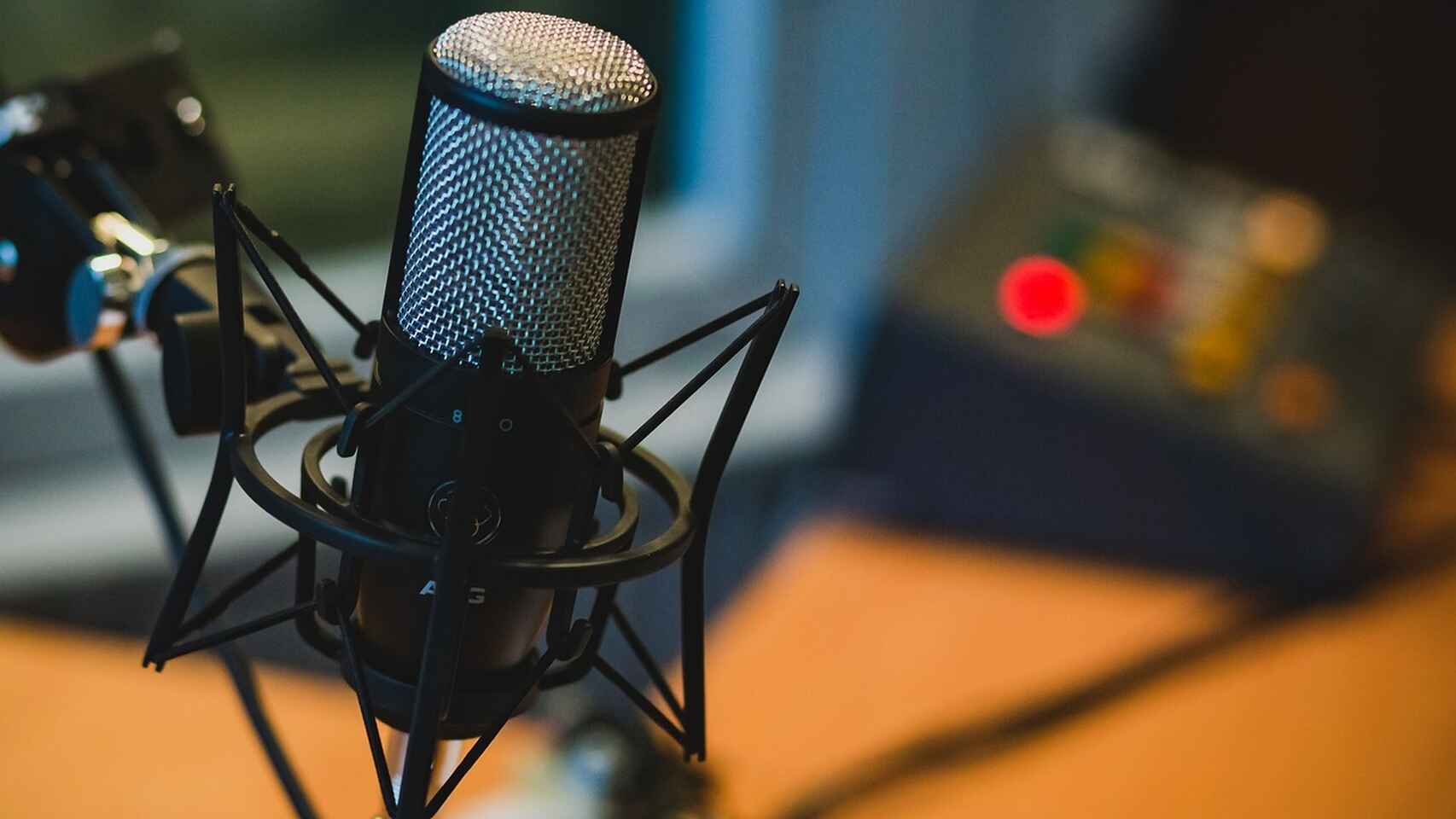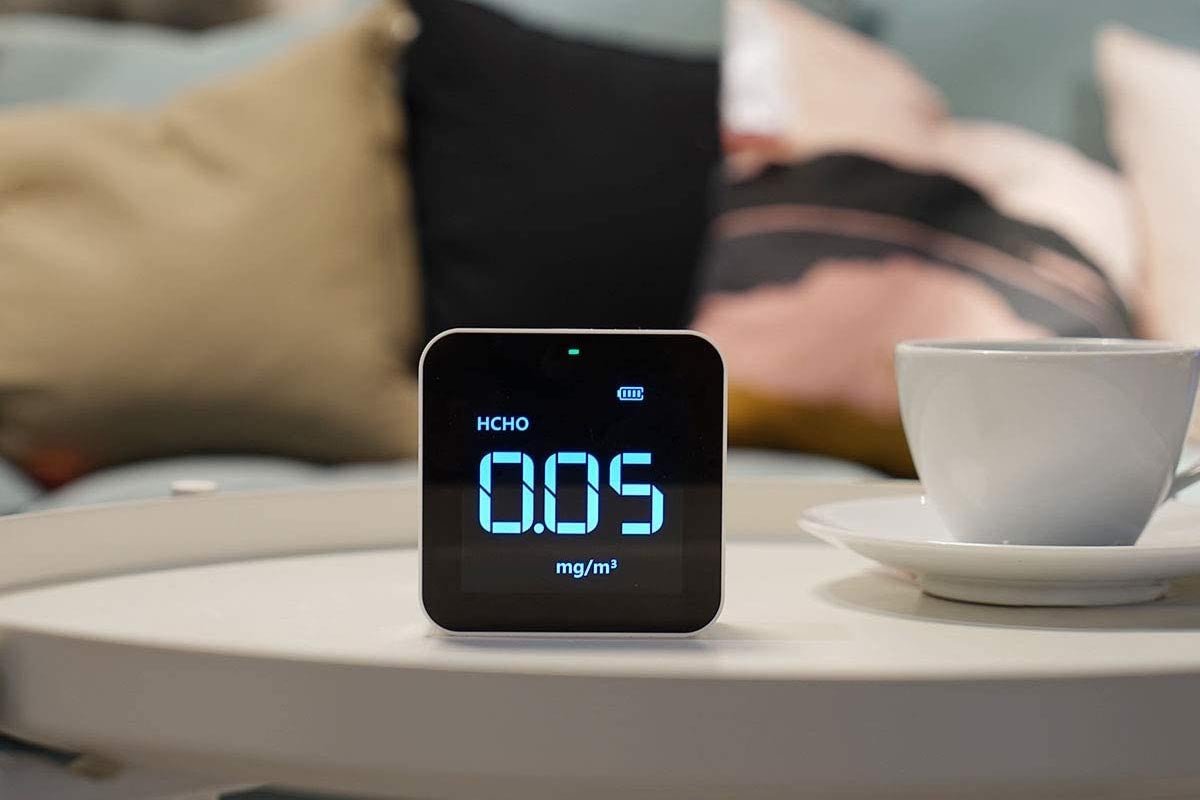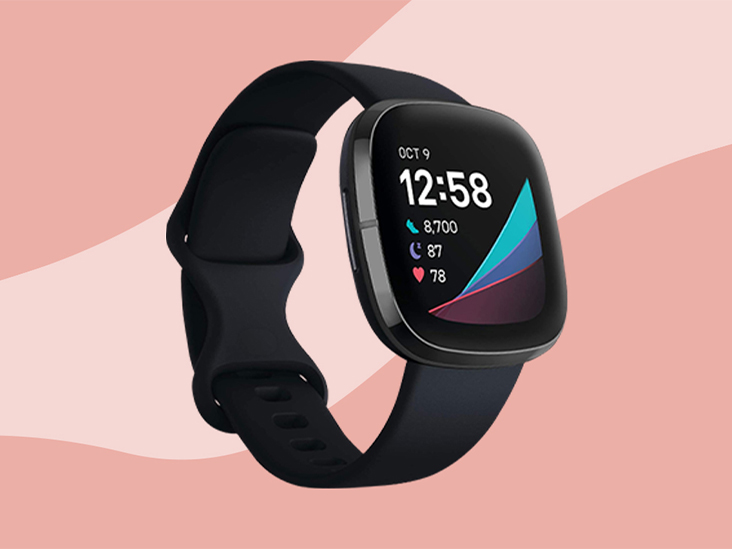Many people misuse it; this post will show you how to get the most out of these fantastic devices!
Now a days, people are more interested in eating healthy and staying in shape. The greater knowledge of social media exposure is to blame.
People are now paying attention to their plates as well as their bodies.
This has greatly aided the healthcare industry's growth. Because the health business must be equipped to meet the needs of these exercise enthusiasts, it must be equipped properly. Fitness trackers are one such example.
Additional Reading: Which is better: Fitbit Charge 5 or Samsung Galaxy Watch 4?
What is the purpose of a fitness tracker?
A fitness tracker is a wearable electronic device or a smartphone application that monitors fitness parameters such as distance traveled when running or walking, heartbeat, the number of calories consumed or burned, and even sleep quality and swimming habits. ![]()
Popular Fitness Tracker Examples.
The following are some of the most popular fitness trackers:
- Apple Watch
- Fitbit
- Garmin
- Xiaomi
- Galaxy Watch by Samsung
- Jawbone
- Huawei Band
- Suunto
- TomTom
Basic Fitness Tracker Features
These fitness trackers have a variety of features; however, the following are the most important:Accelerometers: This sort of tracker uses predictive equations to estimate your total energy expenditure by tracking your body's acceleration rate in various directions.
Heart Rate Monitors: To track the overall number of calories burned by your body throughout activities, these trackers use algorithms based on height, weight, age, resting heart rate, and physical activity level.
They are quite popular among endurance athletes.
GPS: Some trackers have their built-in GPS, while others may connect to your phone.
It's crucial to note that not all trackers include these functions; some will only include a portion of them, while others will include them and a slew of other features like an ECG test, VO2 MAX, sleep tracking, and so on.
Additional Reading: Best Stress Monitor Apps for Apple Watch
Methods to Improve the Accuracy of These Running Smartwatches/Fitness Trackers:
These trackers are always accurate, although any electrical gadget can be inaccurate. So, do these trackers have any issues with their performance? A variety of circumstances could influence it. Here are some helpful tips for improving the accuracy of your fitness trackers and thus getting more accurate results:
Give Correct Information:
When you get a fitness tracker or an app, the first step you should do is enter personal details like your body weight, height, age, and strength. Many people, whether purposely or accidentally, under report here. However, this is a crucial strategy for taming your trackers. Your tracker will correctly calculate your steps, calories, and distance based on the information you provide.
Always put it on correctly:
If you're using a device to track your activity, make sure you keep it in the same area every time, such as on your hip or around your upper arm. This decreases the chances of making a math error, as wearing it in the wrong spot might result in both under and over computations.The fitness trackers use multiple sensors to measure data from your wrist. Therefore it's important to tighten the strap just enough to continue tracking data from your wrist, but not too tight that it gets unpleasant.
As seen in this image from TomTom's website, you also should wear it just above your wrist bone.
Describe the activity to your tracker:
Always provide the correct information for the activity you intend to do, whether it's walking, swimming, jogging, or weightlifting. This is the case because these trackers use particular algorithms for specific activities. As a result, it is a helpful guideline for achieving correct results.Many of the latest trackers can automatically recognize your activity.
Additional Reading: HP vs. Lenovo Laptops
The Appropriate Calibration:
Another helpful suggestion is to calibrate your gadget ahead of time. Almost all trackers allow their users to do so. You can, for example, manually enter your stride length. It may seem minor to a certain, but it has a substantial impact on the accuracy of your tracker.
Maintain an Up-to-Date Tracker:
Nowadays, technology is evolving at the speed of light. Before you get used to the earlier versions, there are newer updated versions of everything. These trackers, too, must be frequently updated. Algorithms are becoming smarter as well. As a result, this useful tip is frequently overlooked due to laziness, yet it is crucial.
Make a plan for your tracker:
Start recording additional data on your track if you plan to utilize a heart rate monitor. If you're taking a caffeine-based product with your pre-workout meal, for example, you'll need to provide that information because it will alter your heart rate during the activity. Some apps and gadgets even allow the user to enter your v02 rate, ensuring that you get the most precise data possible.
How Can You Make Your Fitness Tracker/Smartwatch GPS More Accurate?
The first and most essential element is the number of networks supported by the watch. Many 2018 models and later (particularly those made by Garmin) support three networks, while other watches only support one. The American network is GPS, the European network is Galileo, and the Russian network is Galunas.As the corporation spends more on navigation accuracy technology, its products can connect to more satellites, allowing for more accurate data and the "tolerance" of less environmental interference that interferes with satellite reception.
Manufacturers argue that the more recent the watch, the more precise it is, as businesses must increase GPS accuracy.
It is possible to select the time the GPS samples from the satellite in some watches. Those concerned should select the best choice, but it should be noted that this reduces battery life.
If getting accurate data on your rapid pace in each second is crucial to you as you're in the center of an excellent workout like Tempo or Intervals, you should choose to complete them in even the most GPS-friendly conditions possible.
We lose the shortest route the more turns there are, not to mention traffic circles and 180-degree turns, and our GPS becomes confused because it doesn't like turns and zigzags.
Getting reliable data on all watches is quite challenging because of natural impediments such as tall trees and bridges. As a result, if not in the stadium, then in a larger open region with as few things between us and the sky as possible, the intervals should be performed.
It is recommended that the watch be updated as much as possible against the various applications or websites of the makers, as this would undoubtedly assist.
Passing under bridges should be avoided at all costs, and a more "open" path should always be preferred.
Additional Reading: Best Always-On Display Smartwatches
Last but not least,
Now that you're aware of a few key ideas for improving the accuracy of your fitness tracker, you'll be able to get much more out of it. It's tiny details, but they add a significant improvement in inaccuracy.Hopefully, this article has helped you some insight into how to get the most of your fitness tracker and running watch.
Cultural journalist with great interest in education and technological innovation in the classroom. The future passes through technology and it is already here. .


